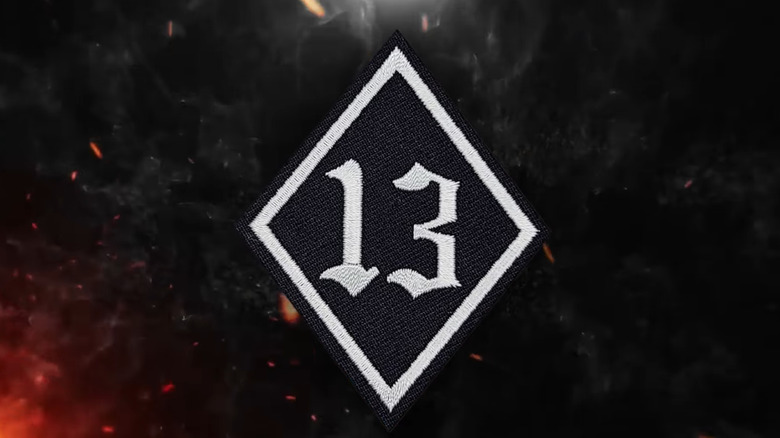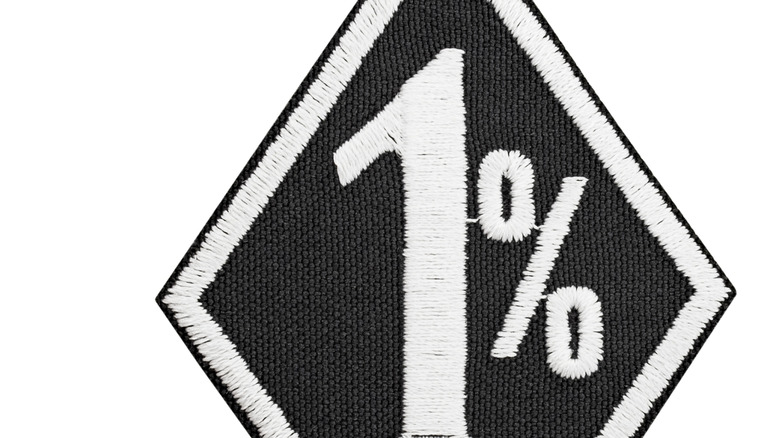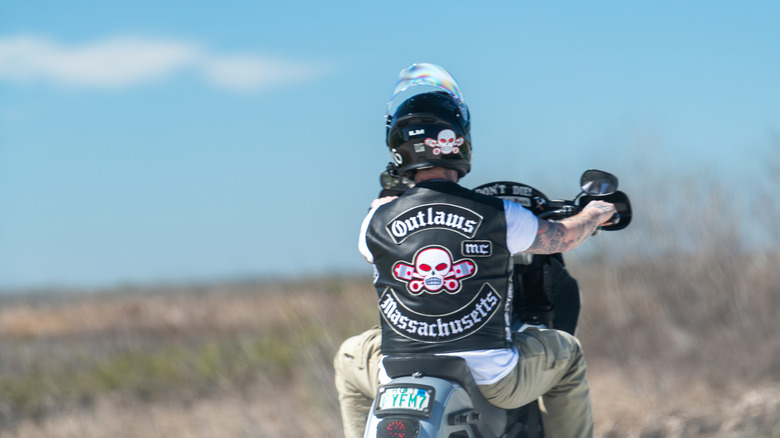What Does The '13' Patch On A Biker Vest Mean? The Number's Significance, Explained
The "13" patch on a biker vest (also called a cut) is one of the most recognizable and misunderstood symbols in motorcycle culture. The number represents the 13th position in the alphabet sequence, which corresponds to the letter "M." The biker community uses "M" to represent motorcycle, but people commonly associate it with marijuana or methamphetamine. Riders started using the number 13 as a secret signal during the early days of the movement to support cannabis legalization. The patch gained its meaning from this, leading people to link it with rebellious behavior and nonconformity to societal rules.
However, it doesn't always carry a single meaning. To some, wearing a "13" simply shows they belong to the broader motorcycle community, not that they're tied to drugs or crime. For others, it signals a defiant attitude, choosing to embrace what most people consider unlucky. That's why it's important to understand context. Placement of the patch, the design around it, and the club wearing it all affect what message is being sent.
Not every biker sporting the number is part of an outlaw group; some might just be part of normal run-of-the-mill motorcycle clubs. In fact, many riders use it to nod to tradition or pay respect to the culture's history. Still, law enforcement often views the "13" with suspicion, especially if it appears alongside other outlaw insignia like the diamond-shaped "1%" patch.
Different meanings across clubs and riders
The "13" patch doesn't have a single, universal definition. Its meaning shifts depending on the motorcycle club, region, and even the individual rider. Some clubs treat it as a straightforward marker of outlaw identity, showing members are part of the minority willing to push back against society's rules. In these cases, it might be linked to drug use or a member's willingness to live outside the law. That's why the number often shows up in conversations about "1%" clubs and outlaw culture.
Other clubs strip away the criminal connotations and focus on personal freedom. For them, "13" highlights independence and the ability to live life without conforming. Riders may wear it to signify resilience, toughness, or pride in standing apart.
Regional influences also matter. The number may have roots in local club traditions or geographic pride in certain regions. Biker groups encounter extra obstacles because their members from various cultural origins develop unique interpretations of the patch. The meaning of "13" can differ between clubs because some view it as outlaw shorthand, but others use it to celebrate personal achievements and friendship.
Because the patch carries so many interpretations, misunderstandings are common. Outsiders often assume every "13" signals danger, while many bikers see it as just one thread in a larger tapestry of symbols. Ultimately, its significance is defined within the culture that wears it, not by broad assumptions.
Controversy and public perception
The police view this patch as suspicious because they link it to drug activity and outlaw motorcycle clubs. This perspective developed from the prolonged conflict with biker groups, who incorporated criminal activities into their public persona. People who wear "13" may face additional attention from others because of the superstition surrounding this number, even when their personal connection to it is innocent.
Media portrayals have only fueled the confusion. The media often portrays the patch as a rebellious or criminal symbol through its appearances in movies, television shows, and news broadcasts. These depictions present a dramatic and attention-grabbing view, but they do not accurately show how bikers interpret things in different ways.
The controversy lies in this disconnect between inside and outside interpretations. To bikers, "13" is flexible and personal. To outsiders, it's often a warning sign. That tension is part of what makes the patch so enduring; it's a small emblem that carries layers of meaning, both celebrated and misunderstood, across motorcycle culture.


